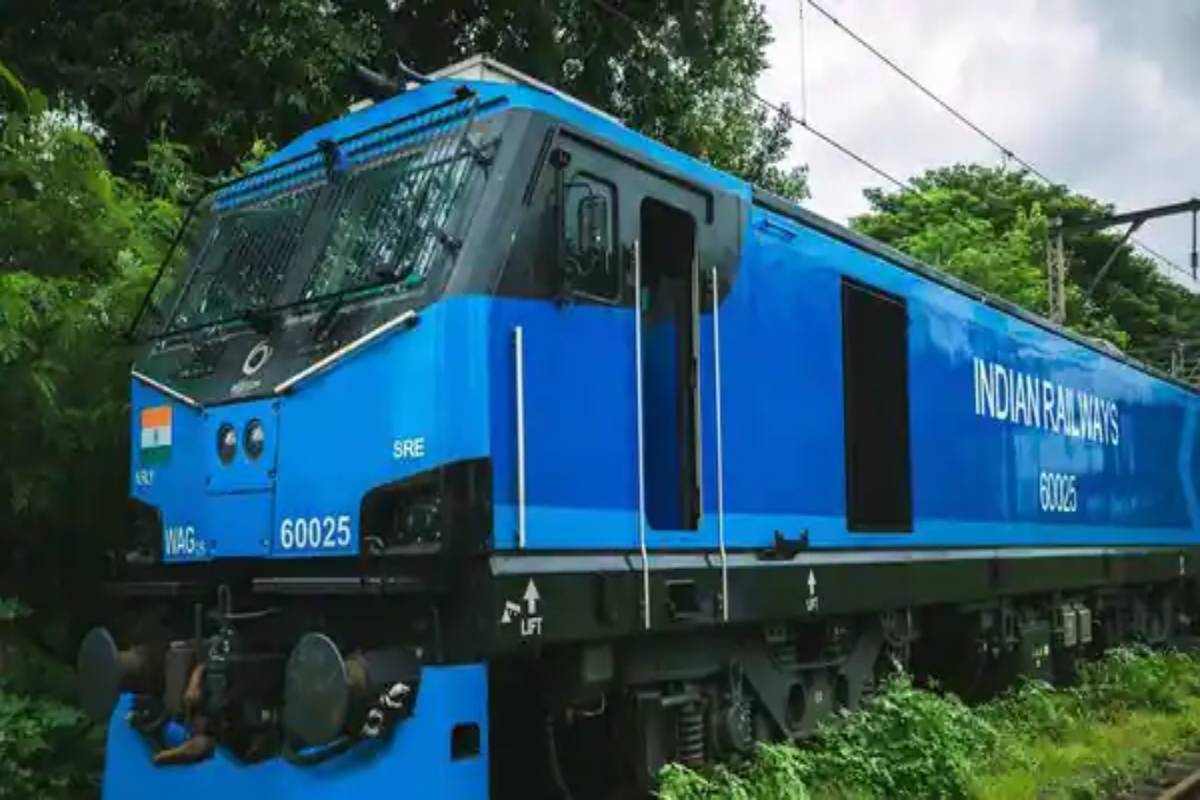The Indian Railways has registered a 37 per cent increase in electrification work during the period 2014-2020 as compared to 2009-2014. About 18,065 km rail routes have been electrified during these six years.
The Mission 100% electrification of the Railways will achieve the goal of net-zero carbon emissions.
Advertisement
India aims to reach 450 GW of renewable energy by 2030. The electrification of railways will also have a direct impact on crude oil imports. Apart from this, the average speed of trains will increase and the development of industries on electrified routes, agro-based businesses, and progress and prosperity of villagers and farmers will also be strengthened.
India’s railway network has long been fueled largely by coal and diesel. In the year 2000, only 24% of the railway routes were electrified which increased to 40 per cent in 2017 and then reached 65 per cent by the end of 2020
Till 2014, only 21,413 km of railway routes were electrified. In the last 9 years, the Railways in India has done electrification work at a fast pace. So far, 37,011 Route Kilometers (RKMs) of tracks have been electrified in nine years. With this, a total of 58,424 RKM has been electrified so far, which is 90 per cent of Indian Railways.
Out of the total route kilometer electrified, about 50 per cent has been completed in the last five years only. Indian Railways has set a target of becoming the world’s largest green railway along with zero carbon emission by 2030. Indian Railways has already planned to achieve 100 per cent railway electrification in 14 states and union territories Energy demand and use has doubled since the year 2000. 80 per cent of the demand for energy consumption is still being met by coal, oil, and solid biomass.
The total broad gauge network to be electrified is 64,689 RKM. Out of which electrification work of more than 42,600 RKM has already been completed. That is, now more than 66 per cent of railway lines in the country are electrified. By March 2022, complete electrification of routes has been completed in major resource-earning states for Indian Railways such as Odisha, Madhya Pradesh, Chhattisgarh, Jharkhand, Himachal Pradesh, Haryana, and Bihar. Apart from this, about 18,065 kilometers of new rail routes have also been developed by the Railways since 2014.









